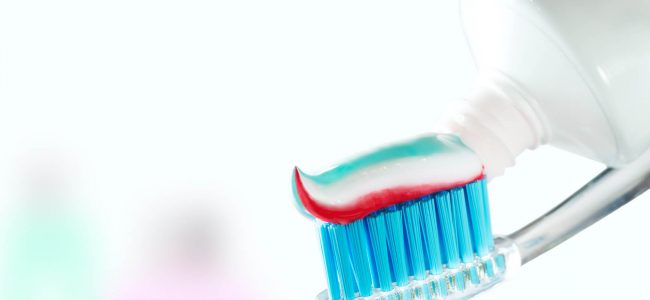If you do a quick internet search to find out what kind of toothbrush is best for your teeth, you’ll find that most of the advice out there comes from toothbrush manufacturers, who have a vested interest in getting you to purchase the toothbrush they manufacture. For this reason, it’s important to go to the experts. In this case, that’s your dentist or the American Dental Association (ADA). In this blog post, we’ll share the ADA’s recommendations so you can make the most informed decision – and ensure your teeth last as long as possible.
Manual Toothbrushes
Despite the claims of electric toothbrush manufacturers, manual toothbrushes can be both safe and effective. When choosing a manual toothbrush, consider the following:
- Toothbrushes with angled or multi-level bristles tend to remove plaque better than toothbrushes with bristles that are all the same length
- The American Dental Association recommends soft bristles; while medium bristles are more effective at removing biofilm, they can injure your gums
- Choose a toothbrush that has been awarded the ADA Seal of Acceptance; you can check the packaging or find a list of approved toothbrushes on the American Dental Association website
Electric Toothbrushes
Electric or powered toothbrushes are also effective at removing plaque and preventing cavities. For those who have difficulty using a manual toothbrush due to problems with dexterity, for example, electric toothbrushes may be more effective. When choosing a powered toothbrush, consider the following:
- just as it does with manual toothbrushes, the ADA reviews electric toothbrushes for safety and efficacy and provides the ADA Seal of Acceptance when certain criteria are met; look for the ADA Seal of Acceptance
- keep in mind that there are many varieties of electric toothbrushes with different kinds of head movement
Other Factors to Consider
Which toothbrush you select is just one component of great oral health. In order to prevent cavities and preserve your teeth, replace your toothbrush every three or four months – or sooner if you can see visible wear and tear on the bristles.
Brush your teeth at least two times every day and floss between your teeth at least once every day. This helps remove plaque from areas your toothbrush can’t reach.
Schedule a cleaning and exam at your dental office every six months to identify and treat any issues early. This can help prevent tooth loss and preserve your teeth for as long as possible.
Schedule an Appointment
To learn more or get started, find your local Ideal Dental office today to schedule a visit with our caring team.
